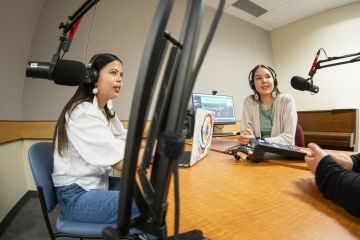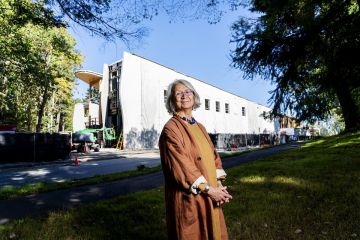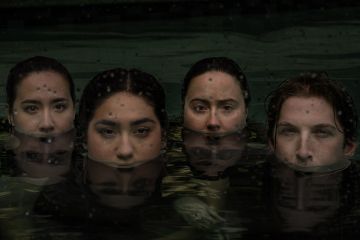UVic chosen as location for UNESCO project during International Year of Indigenous Languages
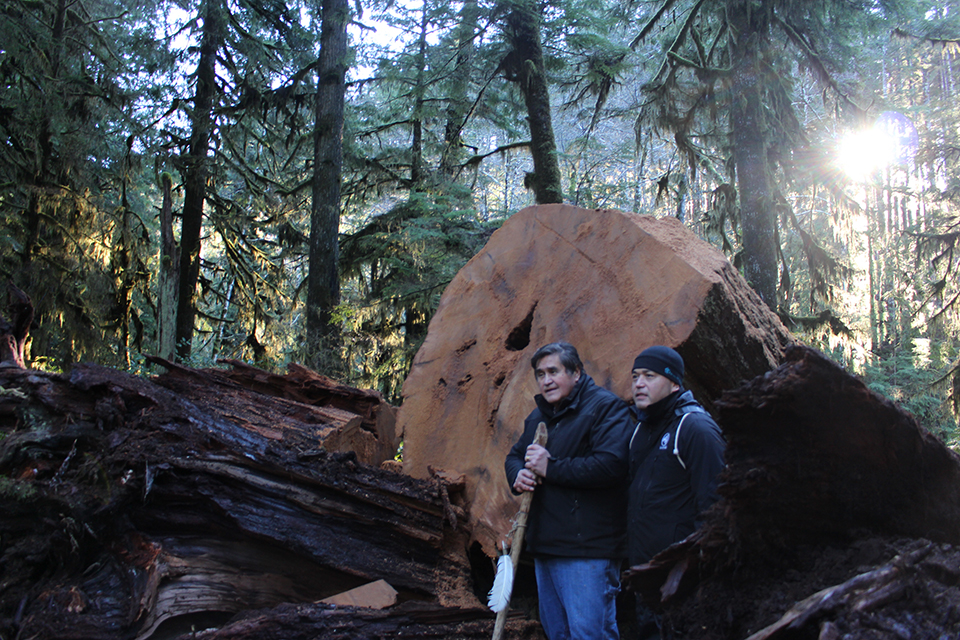
Update (Nov. 8, 2019): The First Nations Education Foundation has announced a new location for the Language Revitalization Pole. Please see the UVic campus community notice for more information.
One of the biggest projects of its kind for the UN International Year of Indigenous Languages—a Language Revitalization Pole commissioned by the First Nations Education Foundation (FNEF)—will be located at the University of Victoria as a centrepiece of the year and a significant point of reflection for UVic’s ongoing commitment to the work of decolonizing and Indigenizing the university.
The ancient cedar, fallen in Huu-ay-aht territory during a windstorm 50 to 70 years ago and weighing as much as a humpback whale, will be carved in Port Alberni by renowned Nuu-chah-nulth carver Tim Paul.
We’re honoured that UVic was chosen as the permanent host of the Language Revitalization Pole. It will stand as a powerful reminder of our need to embrace the truth of our country’s history, to fulfill our commitments to reconciliation and to meet the challenges that lie ahead, especially with respect to Indigenous language revitalization. The pole will also be a living acknowledgement of the traditional territories of the Songhees and Esquimalt First Nations, the land upon which UVic stands.
—UVic President Jamie Cassels
The FNEF announced the project today to draw attention to the importance of Indigenous language revitalization. It notes that the new pole will be installed at UVic by the end of this year with the blessing and support of the Esquimalt and Songhees First Nations, and that it has also received the patronage of the Canadian Commission for UNESCO.
UVic is committed to acting on the recommendations of the Truth and Reconciliation Report to enhance educational opportunities for Indigenous students, as well as continually striving to integrate and honour Indigenous cultures, histories, beliefs and ways of knowing and being into the university’s strategic planning, curriculum, teaching, research and operations.
From language revitalization to Indigenous law, UVic researchers are working with Indigenous communities and organizations in Canada and around the world to understand, preserve and celebrate Indigenous traditions and cultures.
The site of the Language Revitalization Pole, to be determined in the near future, will be a prominent location at UVic, on the traditional territory of the Lkwungen-speaking peoples upon which the university stands.
- Indigenous focus at UVic
- FNEF release
- UNESCO IYIL 2019 release
- UNESCO IYIL 2019 events info
- Join the @IYIL2019 on Twitter
- Follow on Facebook
A media kit containing high-resolution photos, artist renderings and links to additional FNEF material, is available on Dropbox.
-- 30 --
Photos
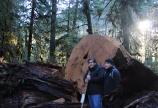
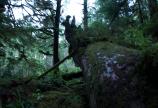
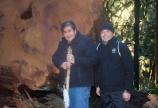
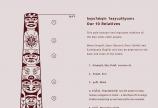
Media contacts
Dr. Jean-Paul Restoule (Chair, UVic Indigenous Education) at iedchair@uvic.ca
Tara Sharpe (University Communications + Marketing) at tksharpe@uvic.ca
In this story
Keywords: Indigenous, languages and linguistics, reconciliation


